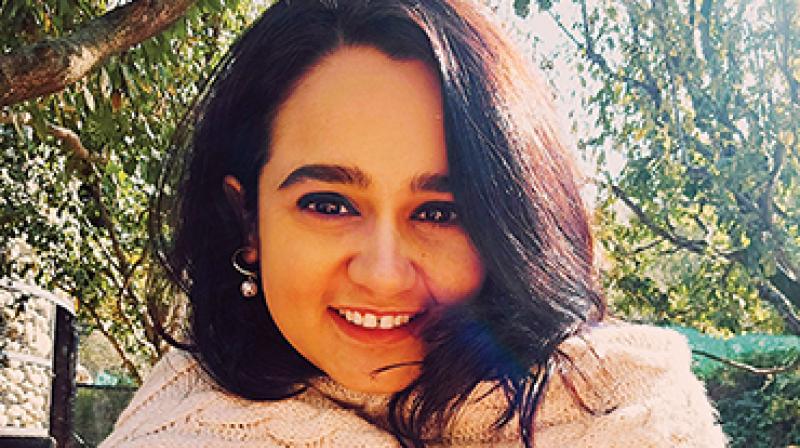Imagine having 100 browser tabs open in your brain, all playing different videos at 1.5x speed. That’s how my college lectures felt at 22. While professors spoke, I drew caricatures, my mind refusing to process their words into coherent thoughts. I’d spend hours in the library, missing classes because at least there, in the silence, I could pretend to make sense of the chaos. Writing became a puzzle where I’d forget the beginning of my sentence before reaching its end.
Then, at 24, I found myself in Phantom Films’ office, where legends craft stories like master watchmakers. There’s Varun Grover, Anurag Kashyap, and Neeraj Ghaywan, dissecting narratives while my undiagnosed ADHD brain drinks in their genius like a desert storm – chaotic, overwhelming, electrifying.
Then Sacred Games Season 2 happened. They say assistant directing is organised chaos; for my neurodivergent mind, it was poetry. The set became my sanctuary, where having a mind that could process a hundred things at once wasn’t a burden – it was a superpower.
As autumn leaves fell in October 2024, my 30th year brought me the answer I’d been searching for all my life – diagnosis day.
“ADHD,” the doctor said, and suddenly the universe made sense.
The journey hasn’t been easy. The panic attacks, the constant anxiety of missing something important, the exhaustion of masking in professional settings – they were all part of a story I didn’t know I was living.
Now, medicated and in therapy, I’ve learned to surf the chaos rather than drown in it. My psychiatrist, a ray of sunshine in the storm, helped me understand that my different wiring isn’t a bug – it’s a feature. But here’s the plot twist: creative agencies still treat neurodiversity like a passing trend, an inconvenient subplot in their linear narrative.
Creative agencies in India must move beyond surface-level diversity initiatives and embrace a fundamental shift in how they view neurodiversity. The creative industry thrives on unique perspectives, yet many agencies still operate within rigid frameworks that stifle neurodivergent talent.
We need agencies that :
1. Transform their workspaces into environments where both linear and non-linear thinking can flourish. This means rethinking everything from project workflows to brainstorming sessions, ensuring they accommodate different cognitive styles.
2. Recognise that neurodivergent creatives often see connections and possibilities that others miss. Rather than pushing for conformity, agencies should leverage these unique thinking patterns to drive innovation and breakthrough ideas.
3. Foster leadership that truly understands and champions neurodivergent perspectives. This means moving past accommodation to active celebration of different cognitive approaches – whether it’s an art director who thinks in vivid metaphors or a copywriter who excels through systematic analysis.
The next creative revolution won’t come from uniformity. It will emerge from agencies brave enough to build cultures where every type of mind can contribute its distinct creative signature.
My dad always says the problem starts and ends with you. Well, I’m ending the silence around ADHD in creative spaces. We’re not broken; we’re just running different operating systems in an industry built for standard hardware.
My story, like my neurodivergent mind, isn’t a straight line – it’s a beautiful collision of Kashyap’s raw energy and Pixar’s emotional depth. And in this industry, that’s not just different; it’s revolutionary.
The author is senior copywriter, Toaster India. This column first appeared in our January issue. Click here to buy.

.gif)










